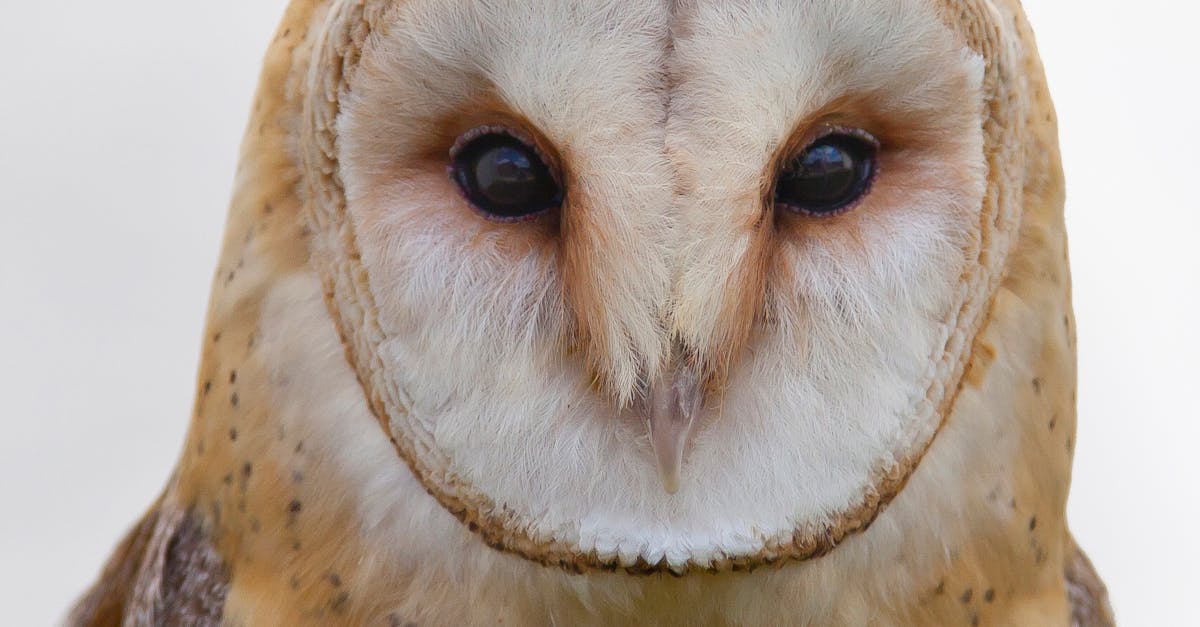Birdwatching often brings to mind images of bright mornings filled with the cheerful sounds of avian melodies. However, the night holds its own symphony, with various birds chirping under the cover of darkness. This article delves into the intriguing world of nocturnal birds, focusing on the types of birds that are known to chirp at night. Understanding these birds can enhance your appreciation for nature and even help you identify them during your nighttime outings.
| Bird Name | Scientific Name | Common Locations | Chirping Behavior |
|---|---|---|---|
| Common Nighthawk | Chordeiles minor | North America | Distinctive calls and peent sounds |
| Eastern Whip-poor-will | Antrostomus vociferus | Eastern United States | Repeated whip-poor-will call |
| American Woodcock | Scolopax minor | North America | Peent call and aerial displays |
| Barn Owl | Tyto alba | Worldwide, often near farmlands | Soft screeching and hissing sounds |
| Great Horned Owl | Bubo virginianus | North America | Deep hoots and territorial calls |
| Nightjar | Caprimulgus spp. | Worldwide | Churring calls, often at dusk and dawn |
| Common Poorwill | Phalaenoptilus nuttallii | Western United States | Distinctive poor-will call |
Common Nighthawk
The Common Nighthawk is a fascinating bird known for its aerial agility and distinctive calls. This species is often seen at dusk, flying in a zigzag pattern while emitting a unique “peent” sound. Their vocalizations can be heard during the summer months across North America, making them a familiar presence in many urban and rural areas. Their camouflage plumage allows them to blend seamlessly into their surroundings, enhancing their nocturnal lifestyle.

Eastern Whip-poor-will
The Eastern Whip-poor-will is renowned for its hauntingly beautiful call, which sounds like it is repeating “whip-poor-will.” This bird prefers open woodlands and can often be heard during warm summer nights. Their call is a defining feature of the evening landscape in their native range, particularly in the eastern United States. The Whip-poor-will is more active at dusk and dawn, making its presence known with its rhythmic calling.

American Woodcock
The American Woodcock is another nocturnal bird that is notable for its unique mating display and vocalizations. Males perform aerial displays in the spring to attract females, during which they produce a series of peent calls. Their habitat typically includes moist woodlands and fields, where they forage for earthworms and insects. The woodcock’s distinctive calls and behaviors make it a fascinating subject for birdwatchers.

Barn Owl
The Barn Owl, recognized by its heart-shaped face and silent flight, is a master of the night. While they are not known for singing, they produce a range of soft screeches and hisses that can be quite eerie in the stillness of the night. Barn Owls are primarily nocturnal hunters, relying on their exceptional hearing to locate prey in complete darkness. They are often found in open fields, farmlands, and near abandoned structures.

Great Horned Owl
One of the most iconic owls, the Great Horned Owl, is easily recognizable by its tufts resembling horns and its deep, resonant hoots. These birds are highly adaptable and can be found in various habitats, from forests to urban areas. Their calls serve as territorial markers, often echoing through the night. The Great Horned Owl is a skilled predator, hunting a wide range of prey, including mammals and other birds.

Nightjar
Nightjars are elusive birds that are primarily active during twilight and nighttime. Their churring calls can often be heard in wooded areas and open fields. They are masters of camouflage, making them difficult to spot during the day. Nightjars are known for their soft, melodic calls that create a serene atmosphere in the nighttime environment, attracting attention from those who are fortunate enough to hear them.

Common Poorwill
The Common Poorwill is unique among North American birds for its ability to enter a state of torpor during cold weather. Their call, which sounds like “poor-will,” is commonly heard during the summer months. These birds prefer open areas with low vegetation and are often found in the western United States. Their nocturnal habits and distinctive calls make them a delightful discovery for night-time birdwatchers.

FAQs
What birds are known for chirping at night?
Common nocturnal birds include the Common Nighthawk, Eastern Whip-poor-will, American Woodcock, Barn Owl, Great Horned Owl, Nightjar, and Common Poorwill. Each of these species has unique calls and behaviors that contribute to the nighttime chorus.
Why do some birds chirp at night?
Nocturnal birds chirp at night for various reasons, including mating calls, territorial claims, and communication with other birds. Their vocalizations help establish presence and attract mates during the breeding season.
Are there any benefits to listening to night birds?
Listening to night birds can enhance your connection to nature, promote relaxation, and provide a sense of calm. It can also be a rewarding experience for birdwatchers and nature enthusiasts who appreciate the diversity of wildlife.
References:
– [Cornell Lab of Ornithology](https://www.birds.cornell.edu)
– [Audubon Society](https://www.audubon.org)
– [U.S. Fish & Wildlife Service](https://www.fws.gov)
